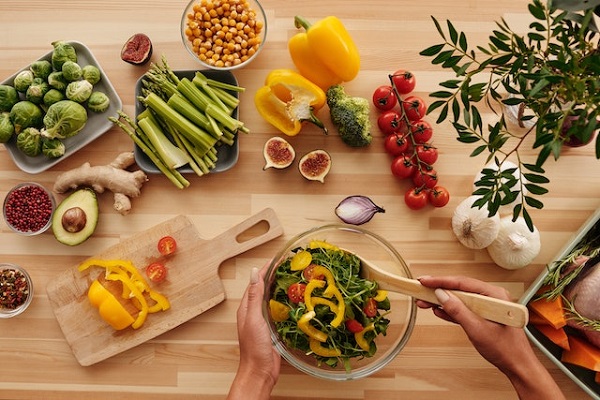Words: Dr Ambika P NAYAK Knee joint pain, or what may clinically be diagnosed as osteoarthritis [OA], is a common disorder — majorly in the older age group, as well as young, also middle-age, adults. The causes may be direct, such as injury to the knee, degenerative changes, as also overuse, or indirect, viz., occupational
Embrace Wellness
Hi there ? It’s nice to meet you.
Sign Up for our Newsletter to get notified about new articles and updates.










